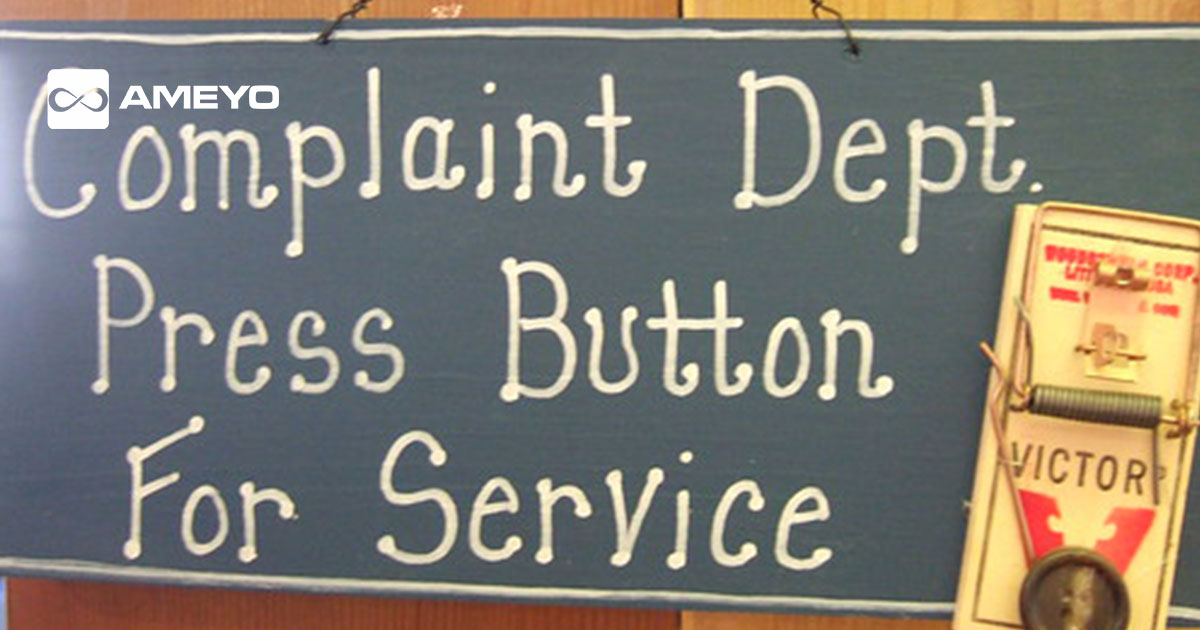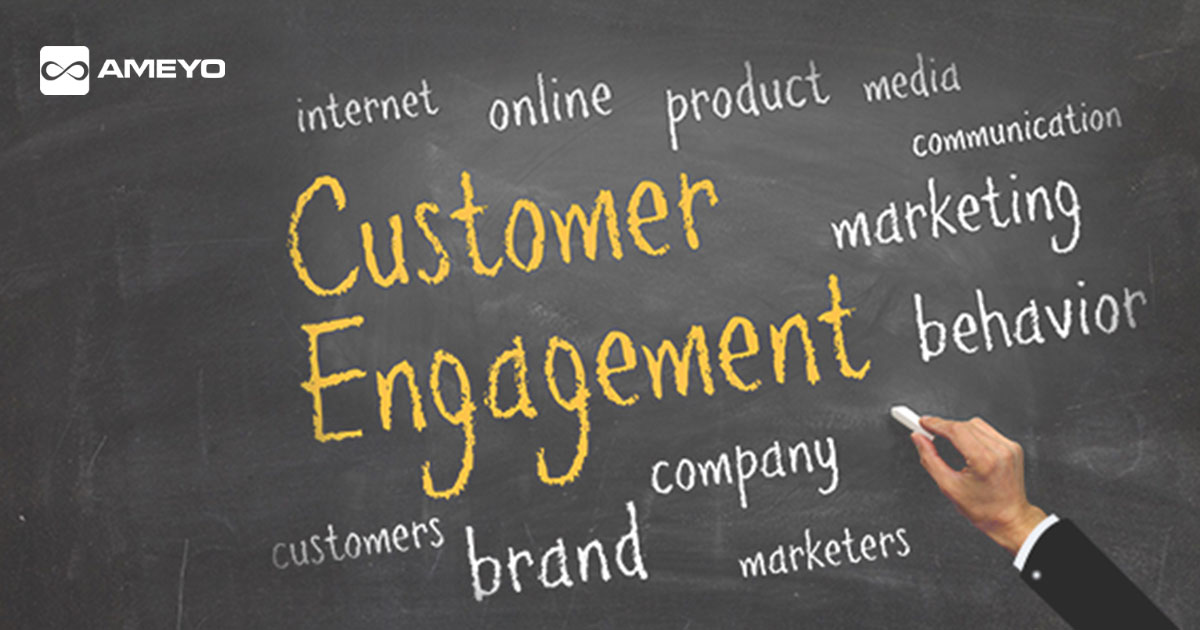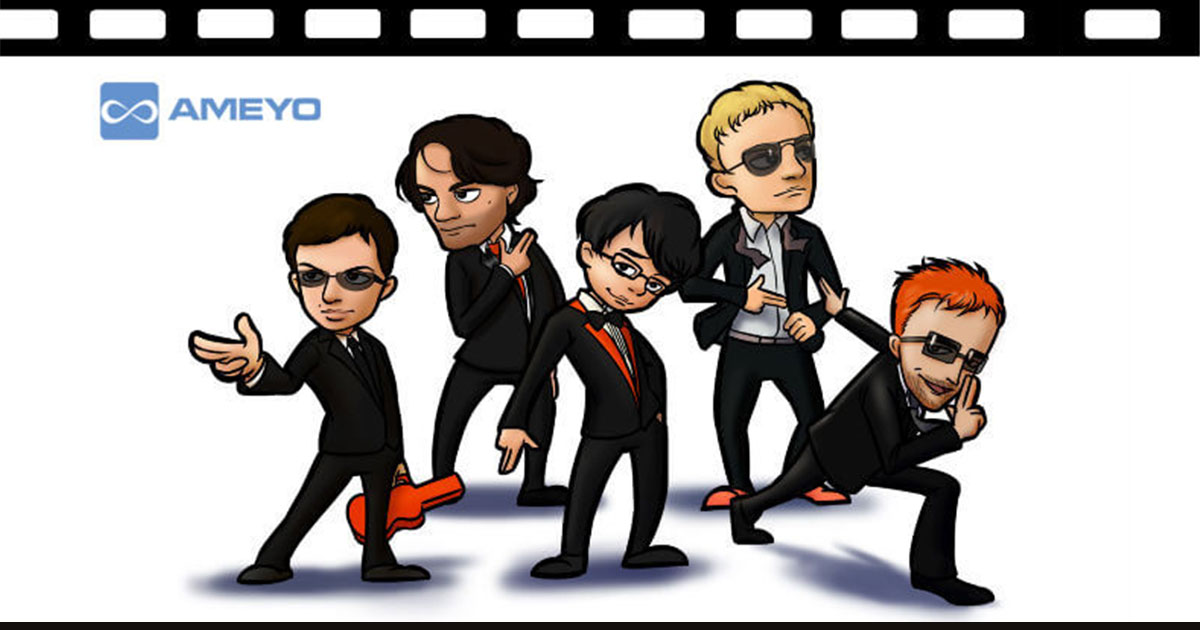In our previous blog, we have discussed on the 5 Reasons You Should Aim for First Call Resolution. Now that we have ascertained that First Call Resolution (FCR) is a critical measure of customer satisfaction and contact center efficiency, we will move on to how exactly you can achieve an exceptional FCR strategy implemented. Continue reading “5 Strategies to Achieve First Call Resolution”
5 Reasons You Should Aim for First Call Resolution
A large number of organizations have heard about First Call Resolution (FCR), but only a handful of them truly understands the gravity of the term. It seems to be a peripheral concern for all organizations, regardless of its size, scale of operations, target market, etc. as they look for measures to improve call center efficiency and handle issues on the double.
Continue reading “5 Reasons You Should Aim for First Call Resolution”
3 Quick Tips to Delivering Customer Service to their Preferred Channels
Multi-channel Customer service has become more like a norm in contact centers, than a favorable extension for customer support. Organizations are required to adopt multi-channel customer relationships to keep up with the exponential increase in consumer demand. With proliferation of new channels and technologies, consumers expect to communicate with businesses via new channels.
Continue reading “3 Quick Tips to Delivering Customer Service to their Preferred Channels”
20 Eye-Opening Customer Service Quotes
Customer experience excellence has and always will be the epitome of any business. That’s a no-brainer. But delivering consistent customer service is a herculean task.
Here are a few inspirational customer service quotes that will drive you to push harder for the cause:
Rebranding 101: Lessons to Learn from Clear Channel’s New Name
Image Courtesy of Shutterstock
The year is 1997. I am 16, and behind the wheel of my first automobile: a 1988 Toyota Camry in baby blue, courtesy of my grandmother. With a Pavarotti concerto inextricably tangled in the teeth of the ancient tape deck, I am firmly and completely at the mercy of Clear Channel. Clear Channel, that media conglomerate that still dominates a huge proportion of the United States’ many radio stations, purveyors of pop, pop-punk, pop-rock… you get the idea. They were the bane of my newly mobile teenage existence.
This month, Clear Channel made an unusual announcement: a total rebrand. From now on, the kings of the airwaves would be known as IHeartMedia, named after their very successful online streaming venture, IHeartRadio.
IHeartMedia execs say that the change is intended to belatedly reorient the country for the 21st century and bring its brand identity more in line with the major aspects of its business: online streaming. Indeed, this is where the future seems to be. IHeartRadio has more than 50 million subscribers.
Image Courtesy of Shutterstock
But there was more than that. As my teenage self would tell you, to say that Clear Channel suffered from an image problem would be somewhat of an understatement. They were resented for the dominance they exerted over radio and their role in determining what amounted to a “national playlist,” a group of approved songs and artists that dominated Top 40 Radio.
In many ways, Clear Channel defined Top 40 Radio: they existed within it, and it within them. With Clear Channel in your passenger seat, you could ride from sea to shining sea, stewarded past the amber waves of grain by this or that top radio hits, the playlist as unchanging as the landscape of America’s vast, cornrowed interior.
It appears that Clear Channel/IHeartMedia executives had two goals when rebranding themselves. First, they wanted to shed those last vestiges of their uptight, corporate, un-fun past. Teenagers everywhere would be appeased, or at least fooled. They also wanted to reveal their true identity as a closeted tech company, an honorary graduate of Silicon Valley U, a fresh, young, and interesting tech company specializing in online streaming.
According to some, the brand’s reputation was so bad that it was actively damaging their ability to conduct business, specifically B2B. CEO Robert Pittman referenced the shift in tone they experienced after the change.
For rebranding to be successful, it needs to be representative of a cultural shift that has already occurred or is at least under way. If it’s only intended as a way to disguise and obscure a company’s true identity, it will ultimately be unsuccessful. The change needs to be genuine and, crucially, already under way, otherwise the public will perceive the deception and ignore it.
The Clear Channel/IHeartMedia executives have argued that the change is necessary to signify a shift they say has already offered. They argue that Clear Channel has grown since the launch of IHeartRadio, and the entire nature of the company has changed so much that it no longer made sense to use the old name.
Rebranding is a risky strategy that can potentially pay off. But it can also be seen as the death rattle of a doomed brand, the Hail Mary play that fails to even the score. It’s too early to say what will happen to IHeartMedia, but as the online streaming game heats up, they’ve certainly got their work cut out for them.
—————————————————————————————————————————————–
Russel Cooke is a business writer and consultant who recently relocated to Los Angeles, CA. Follow him on Twitter @RusselCooke2. You can find more of his work here.
Greatest Source of Customer Insights- Complaints
Conflicting thoughts are an inevitable part of corporate life. It is necessary to bring them to the surface, because they could be a significant contributor to the organizational effectiveness. Once the organization is aware about the conflicts at hand, they could strategize their next plan of action to curb these conflicts from blowing up. However, due to certain apprehensions, these thoughts are seldom brought to the management’s notice. Corporate should ensure that such apprehensions are removed and complainants are protected. Protection of the complainant is equally critical, because certain complaints could have an unexpected aftermath for the complainant. Corporate should ensure the anonymity of the complainant is well protected and never be disclosed under any circumstances; this will also motivate customers in registering their accusation.
Continue reading “Greatest Source of Customer Insights- Complaints”
Social Media Monitoring-Basics
A common social media issue for companies around the world is: if one of my customer posts something that requires immediate corporate response on Facebook, Twitter or any other social network, will the message even be heard, or will it be buried in the overwhelming amount of posts online? Many companies face this issue and the lack of real-time visibility in social media interactions is a blind-spot in customer experience.
Demystifying Digital Channels with Call Center Software
Todays digital channels, especially social media and mobile technologies have dramatically changed the way consumers communicate, interact share and spread information. Proliferation of smartphones has a huge role to play for this transformation. But, while the public adores the emergence of new consumer technology, it can give customer experience executives a heartburn.
Continue reading “Demystifying Digital Channels with Call Center Software”
Personalized Customer Engagement: Getting Started
Personalized customer engagement is not a one-time occurrence, it is a course of improvement and advancement that requires a tenacious workforce and contact center infrastructure. Once you have a persistent workforce and infrastructure lined up, you can begin the journey of personalized customer engagement.
Continue reading “Personalized Customer Engagement: Getting Started”
Gameplan for Agent Engagement
“The key to any organisation achieving excellent customer satisfaction is having systems in place that engage your staff in delivering unprecedented service and ongoing self-improvement”










